EV batteries: the good, the bad, and the ugly 🔋
Lithium-ion batteries have their issues, but we have other promising options
Welcome back to Year 2049! If you want to learn about impactful technologies shaping our future, subscribe for free below:
A new article will be sent to your inbox every 2 weeks (on Friday) + you get to vote on the topics you want to learn about.
Today’s Edition
Story: EV batteries
Countries are banning internal combustion engine vehicles
The dark side of mining lithium and cobalt to make EV batteries
The promising battery alternatives that are gaining popularity, including solid-state batteries
How solid-state batteries can eliminate common fears about EV battery safety
A comparison of three popular batteries and their pros/cons
Poll: Vote on my next EV story! 🗳
Book Recommendation: Prisoners of Geography by Tim Marshall
EV batteries: the good, the bad, and the ugly

Goodbye, internal combustion engines
The internal combustion engine (ICE) has served us well, but its time is slowly coming to a close.
The list of governments banning the sale and registration of new gasoline-powered vehicles is growing.
Norway, the world’s EV role model, is banning them by 2025. The Netherlands and Singapore committed to doing the same by 2030. The UK and Canada will follow in 2035.
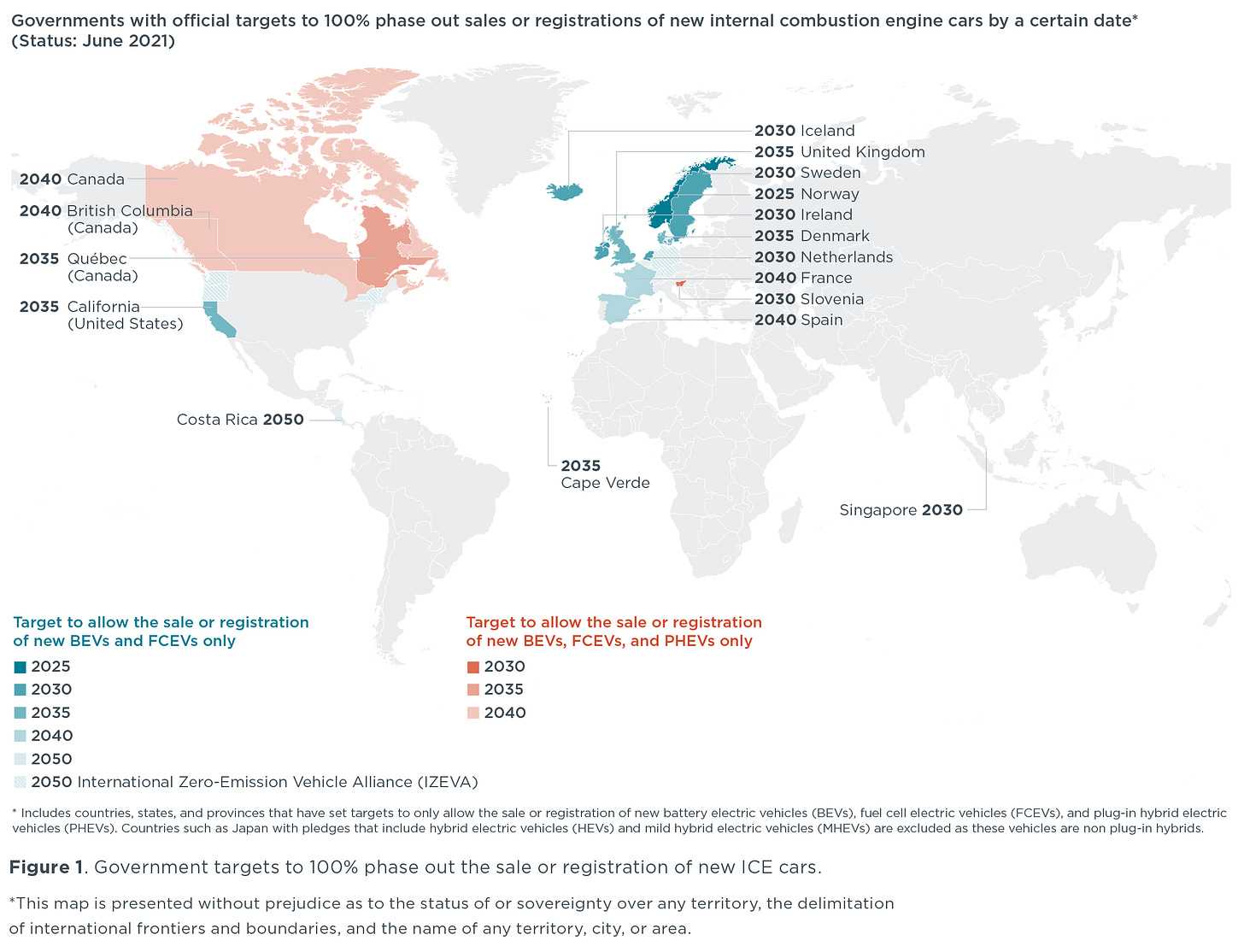
China and the US (excluding California) haven’t formalized bans on ICE vehicles, but they ranked first and third in most EVs sold in 2021 with 3.5 million and 630,000 EVs sold, respectively. Germany came in second place with 690,000 EVs sold.
Around 10% of cars sold in 2021 were electric, but EVs still make up a tiny fraction of cars on the road. But we’ll need lots of batteries to meet the increasing demand for electric vehicles.
Designing and manufacturing EV batteries that balance cost, range, and safety is keeping all car manufacturers busy. Especially when batteries require some of the Earth’s most valuable resources.
Building a robust EV charging infrastructure and decarbonizing the electricity grid are two other pieces of the puzzle for mass EV adoption, but I’ll discuss those in future articles.
The dark side of lithium-ion batteries
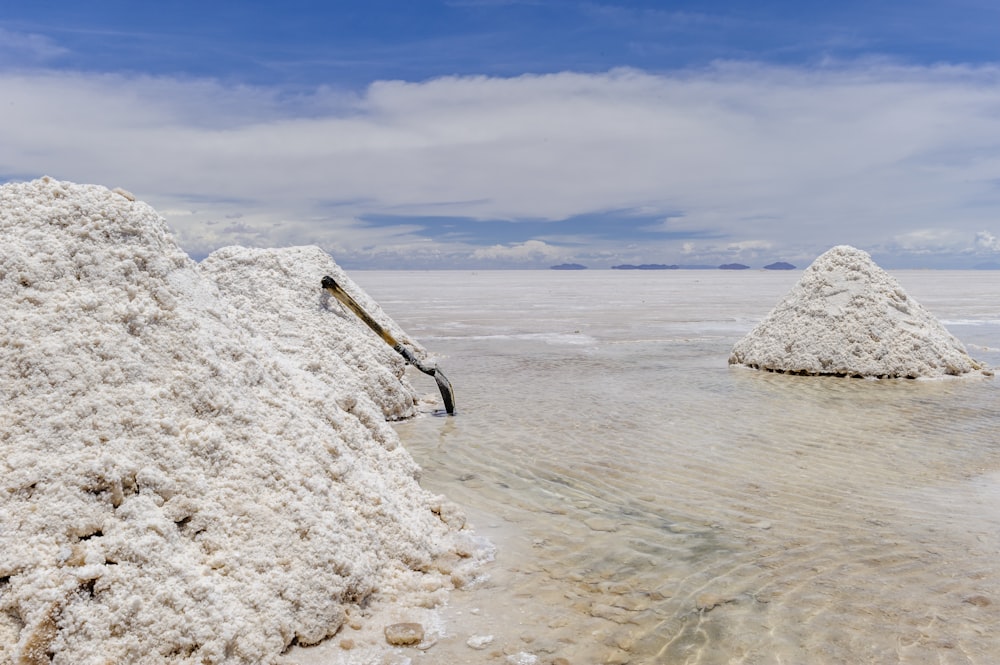
Ever since Sony commercialized it in 1991, the lithium-ion battery has slowly become the de-facto standard for energy storage. Today, we find it in almost every device like smartphones and laptops, and now EVs.
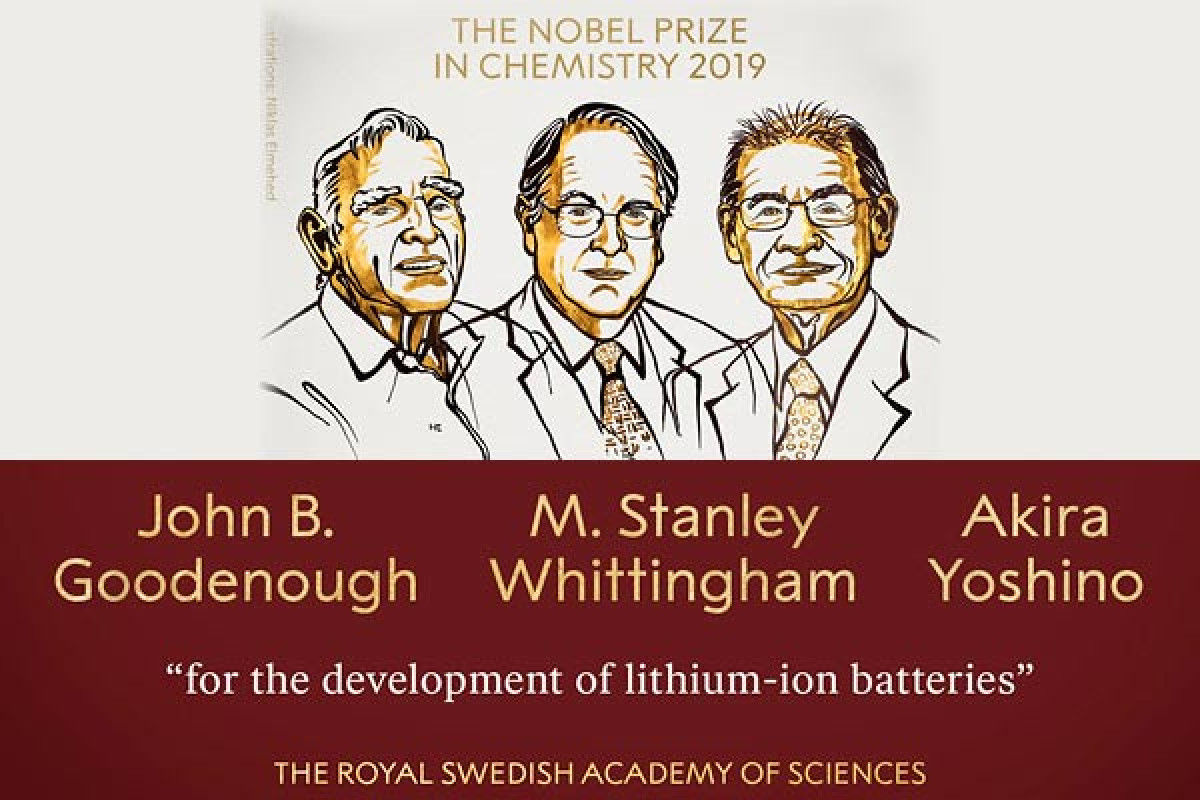
Lithium-ion batteries have slight variations in chemistries, but the most common one combines lithium, nickel, manganese, and cobalt (NMC).
While each element has its issues and challenges, I want to focus on lithium and cobalt.
Lithium
Two countries collectively produce more than 75% of the world’s lithium:
Australia = 52% of global production. The country is home to the Greenbushes mine, the world’s largest hard-rock lithium mine. China’s Tianqi Lithium and the US’s Albemarle Corporation own the mining operations there. The country produced 55,000 tonnes of lithium in 2021.
Chile = 25% of global production. An area in the Atacama Desert between Chile, Bolivia, and Argentina, known as the Lithium Triangle, has the largest verified lithium deposits in the world. Albemarle and Chile’s SQM (Tianqi is the second largest shareholder) are the top producers of lithium there.
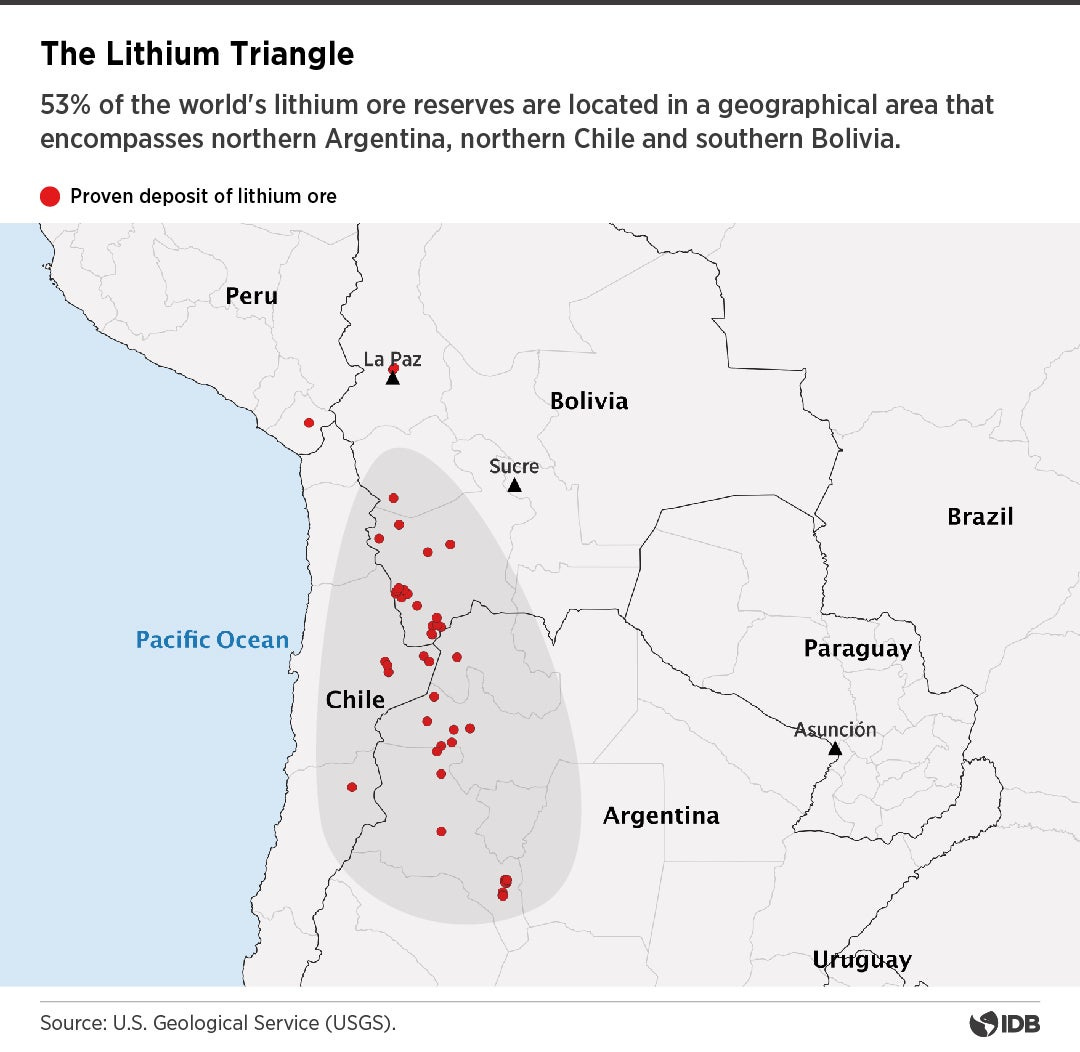
Although China only produces 13% of lithium globally, the country controls 65% of the world’s lithium processing and refining capacity, according to Rystad Energy.
We can extract lithium in three ways:
Brine extraction: pumping water into underground reservoirs to bring lithium-rich brine (salt water) to the surface. Brine is stored in pools where the water evaporates and leaves behind a solution containing lithium (images below). This is the method used in Chile.
Hard rock mining: the same process for mining diamonds. This is used at the Greenbushes mine in Australia.
Soft rock mining: the same process for oil or coal extraction. The upcoming lithium mine at Thacker Pass in Nevada will use this method.

Here’s what brine pools look like when they get pumped to the surface:
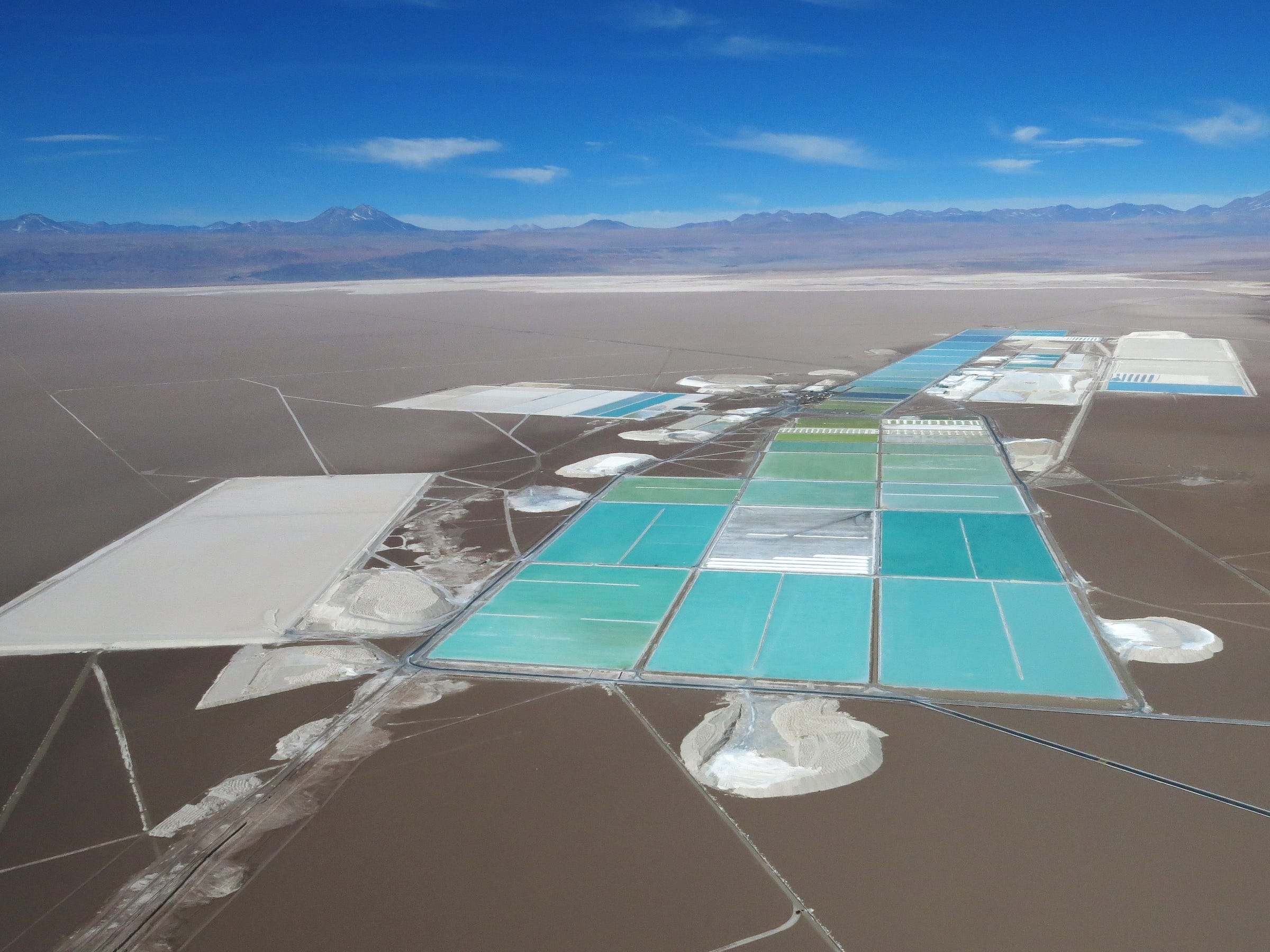
While the Atacama Desert is blessed with the world’s largest lithium reserves, it’s also the driest place on Earth (after Antarctica). Imagine being 50 times drier than a place called Death Valley. That’s the Atacama.
It receives less than 1mm of rain each year, and some areas haven’t seen a drop of rain in over 500 years.
A water-intensive process like lithium extraction in a water-starved area like the Atacama sounds like a nightmare. This has depleted the water resources of local communities that were already struggling. Some communities lost access to potable water and now rely on tankers to deliver it.
A 2019 study unveiled that increased lithium mining in the Atacama has led to vegetation decline, elevated daytime temperatures, decreasing soil moisture, and increasing drought. Lithium mining also threatens the region’s biodiversity.
“We used to have a river before that now doesn’t exist. There isn’t a drop of water, and not only here in Copiapó but in all of Chile, there are rivers and lakes that have disappeared—all because a company has a lot more right to water than we do as human beings or citizens of Chile.”
– Elena Rivera Cardoso, president of the Indigenous Colla community of the Copiapó commune in northern Chile, in an interview with NRDC.
Cobalt
The story of cobalt mining sounds all too familiar: exploited workers, child labour, brutal working conditions, insufficient pay, health deterioration, and control by foreign corporations.
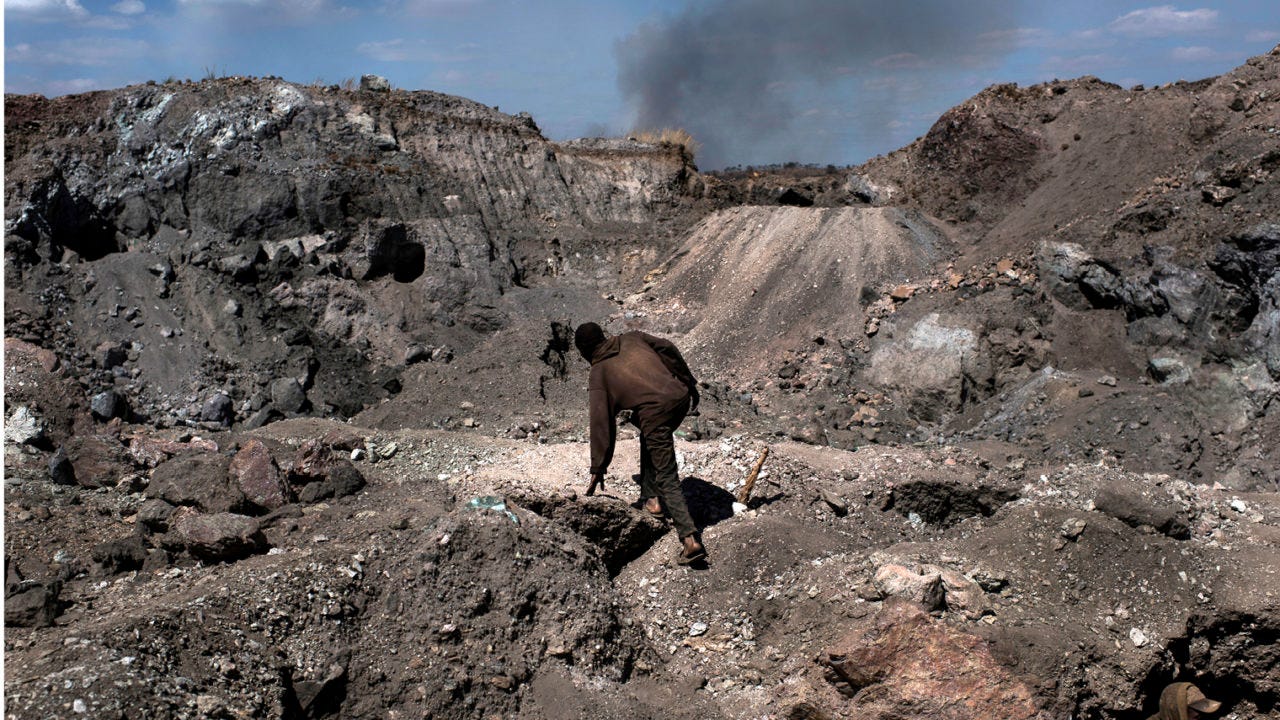
70% of the world’s cobalt comes from the Democratic Republic of Congo.
The Kamoto Mine, located in the Katanga Province, is the largest cobalt mine in the world.
The craze around cobalt is pushing regular people to mine it by hand, without being formally employed at a mine. This is known as artisanal mining and it’s responsible for a significant portion of the global cobalt supply.
Artisanal mining accounts for 15% of DRC’s total cobalt output and produces more cobalt than Russia and Australia combined.
In the “Copper belt” area in the south, 60% of households rely on artisanal mining. Mining cobalt can earn you up to $10/day, almost 3x higher than DRC’s $3.50/day minimum wage.
Without safety equipment, artisanal miners put themselves and their families at severe risk: mining cobalt increases the likelihood of having children with birth defects. Deaths occur regularly but are not properly documented, according to locals.
The ugly side of cobalt mining has been difficult to ignore, which is why EV manufacturers like Tesla want to eliminate cobalt from their batteries and invest in new cobalt-free chemistries.
Year 2049 is free to read for everyone. Subscribe to get the latest article in your inbox every 2 weeks.
We have other promising batteries
Despite the harsh reality behind making lithium-ion batteries, it’s almost impossible to avoid buying devices that don’t use them.
But for electric cars, some new and less problematic battery chemistries are gaining traction:
Lithium iron phosphate (LFP)
Solid-State batteries
These also rely on lithium but eliminate cobalt and nickel from the equation.
#1: Lithium iron phosphate (LFP)
LFP batteries are safer and cheaper than traditional NMC batteries. But they’re less energy dense, meaning they provide less range at equal mass.
Instead of cobalt and nickel, LFP batteries rely on iron and phosphorus, which are less expensive and more abundant. Plus, iron and phosphorus are more resilient than cobalt and nickel, making the battery last longer, according to Emerging Tech Brew.
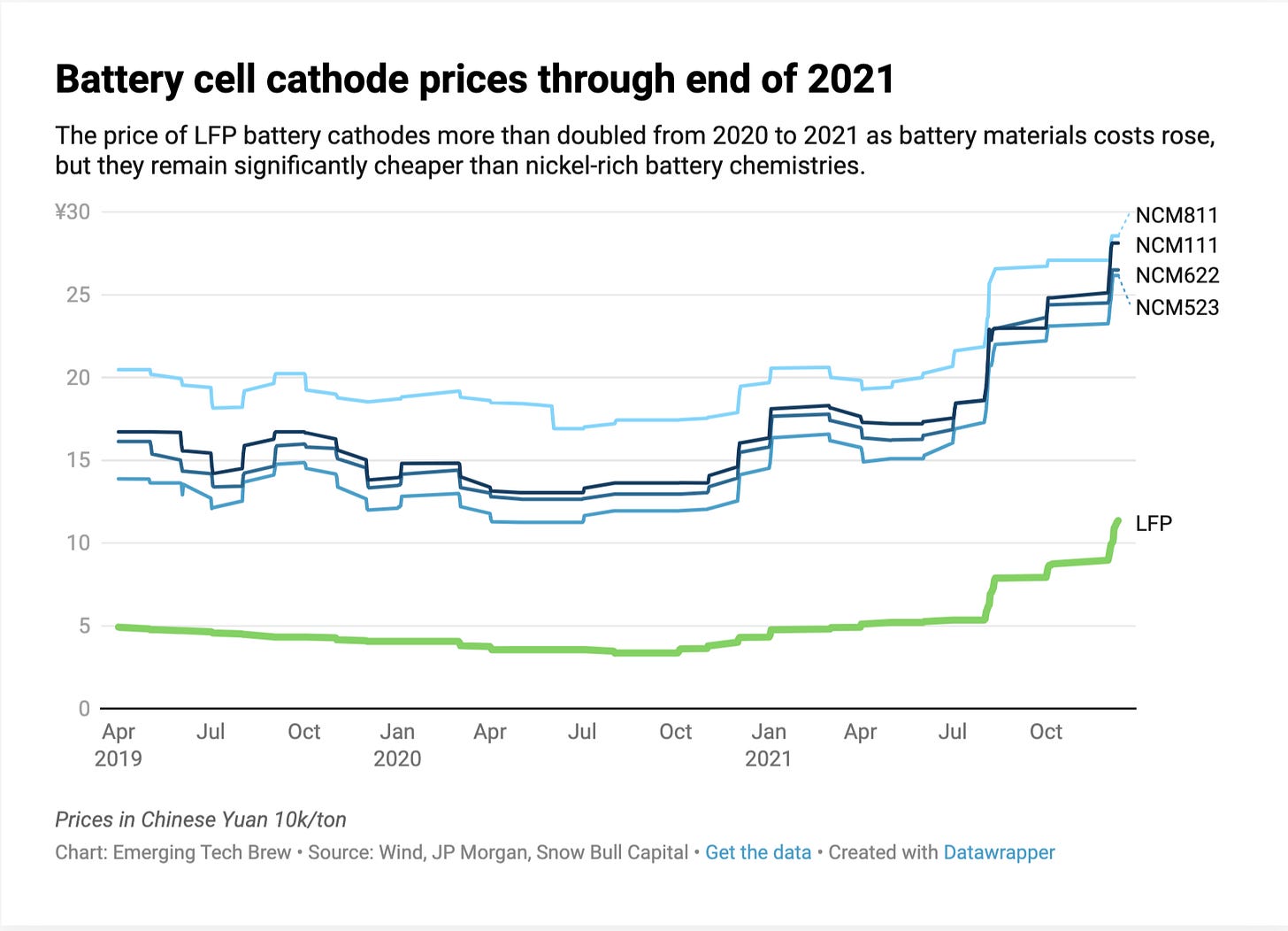
LFP batteries have become the dominant battery in China, accounting for 42% of total EVs sold. BYD, China’s top EV manufacturer, recently unveiled its newly-designed LFP battery called Blade.
BYD claims Blade is the safest and cheapest battery on the market, and that “almost every car brand you can think of is negotiating cooperation” with them.

Tesla is another believer in LFP. Earlier this year, it declared that nearly half of all the vehicles it sold in Q1 had an LFP battery installed.
#2: Solid-state batteries
Lithium-ion batteries use a liquid electrolyte to pass electrons between the positively-charged cathode and negatively-charged anode.
Liquid electrolytes have been at the centre of common safety concerns about EVs because they’re flammable and combustible at high temperatures, and require additional cooling mechanisms.
Solid-state batteries use a solid electrolyte instead, like glass or ceramics. This makes them significantly less dangerous than traditional lithium-ion batteries and eliminates the need for expensive safety and cooling features.

Their biggest advantage is that they can store 2-10x times more energy than lithium-ion batteries. This would make an EV lighter, increase its range, and reduce its charging time.
The problem, as with all great solutions, is that they’re expensive to make on a large scale. Currently, they cost around 8x more than lithium-ion batteries.
By 2030, it’s expected that solid-state battery costs will reach $80-90/kWh, while NMC will reach $60/kWh. The slightly higher cost but significant gain in safety and energy density could see solid-state overtake lithium-ion batteries then.
This hasn’t discouraged the auto industry’s heavyweights from investing more in the technology. Toyota, Nissan, Honda, and Stellantis, have spent hundreds of millions to bring solid-state batteries to market within the next decade. QuantumScape, a company backed by VW and Bill Gates, wants to make that happen by 2025.
All three batteries compared
EVs still make up a tiny fraction of vehicles around the world (16.5 million out of an estimated 1.5 billion), so we can expect the demand for all types of batteries (NMC, LFP, solid-state, and others) to increase.
Let’s see how they all compare to one another:
Thanks for reading Year 2049! This article is free to read, so share it with others if you found it helpful.
If you enjoyed this article, I would really appreciate you subscribing. I want to create more educational and engaging content for future-curious people like you.
Deep Dive
If you enjoyed today’s story, I’ve compiled some additional links to satisfy your curiosity:
Gasoline vehicle phaseout advances from around the world (Coltura)
Lithium Mining Is Leaving Chile’s Indigenous Communities High and Dry (NRDC)
China Dominates the Lithium-ion Battery Supply Chain, but Europe is on the Rise (BloombergNEF)
Understanding Bolivia’s struggles to exploit its lithium reserves (Diálogo Chino)
The EV boom is being fueled by underpaid, underfed cobalt miners (The Verge)
Solid-State Batteries Rev Up Electric Cars, Boost Grid Storage (IEEE)
Japan's carmakers betting on all-solid-state battery (DigiTimes Asia)
Nissan Announces Proprietary Solid-State Batteries (Inside EVs)
Poll
Two aspects of EV batteries I didn’t touch on today are charging and recyclability. Let me know which one you’d like me to write about first by voting on the poll below.
I’ll write about the most-voted option in the next few weeks.
Book Recommendation: Prisoners of Geography
I just finished reading Tim Marshall’s Prisoners of Geography. I highly recommend it if you’re looking to learn about geopolitics, which is extremely relevant in the world of EVs (and other energy-related technologies).
The book discusses the geopolitics of Russia, China, the US, Western Europe, Africa, the Middle East, Latin America, India, Pakistan, Korea, Japan, and the Arctic. It discusses the influence of geography on key historical events while hinting at how the future will be affected.
(This isn’t sponsored and I don’t earn any commissions from you buying the book, I just really enjoyed reading it)
I shared some other book recommendations on my Instagram.
Previous articles you’ll enjoy
⚡️ Bidirectional Charging: how EVs can reimagine the way we store and supply energy
🌝 The Lunar Gold Rush: everyone wants to mine the Moon
🚗 Simply Explained: the 6 levels of autonomous driving
You can also check out all previous Year 2049 articles to learn about other technologies shaping the future of energy, transportation, food, the internet, and more.
How would you rate this week's edition?





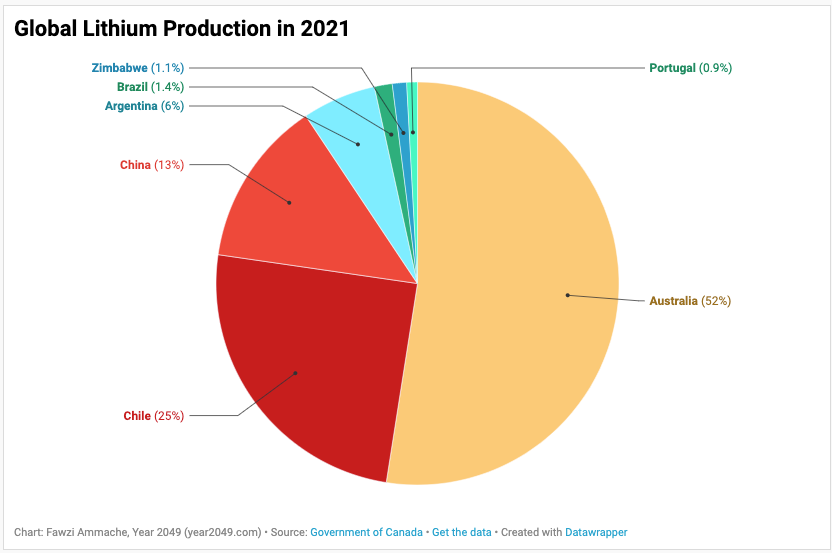





This is impressive. I've seen bits and pieces of this before, but never curated in such a thoughtful way. Thanks for doing your homework so I didn't have to.
Excellent overview. Naturally, the best option always seems to be the most expensive.